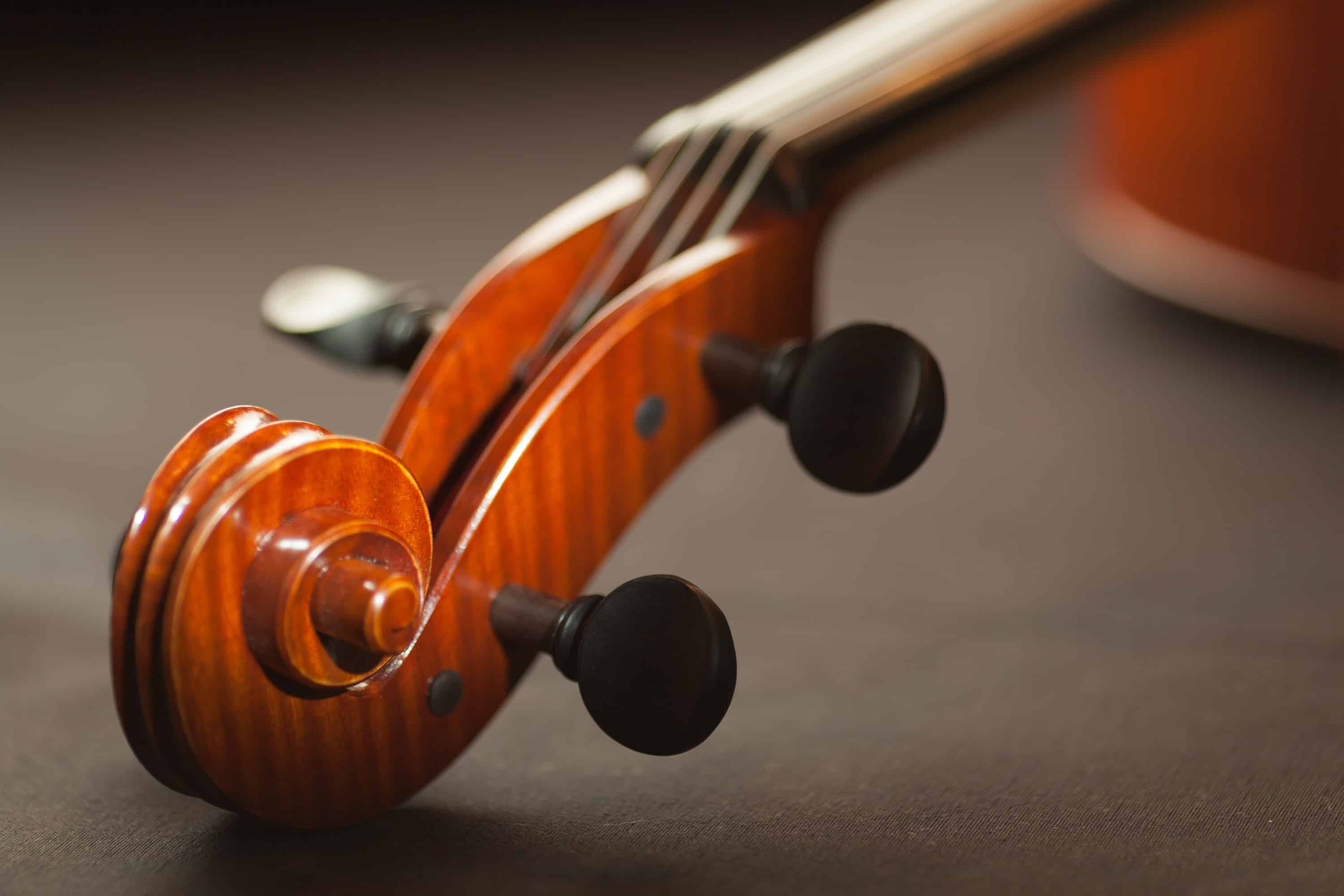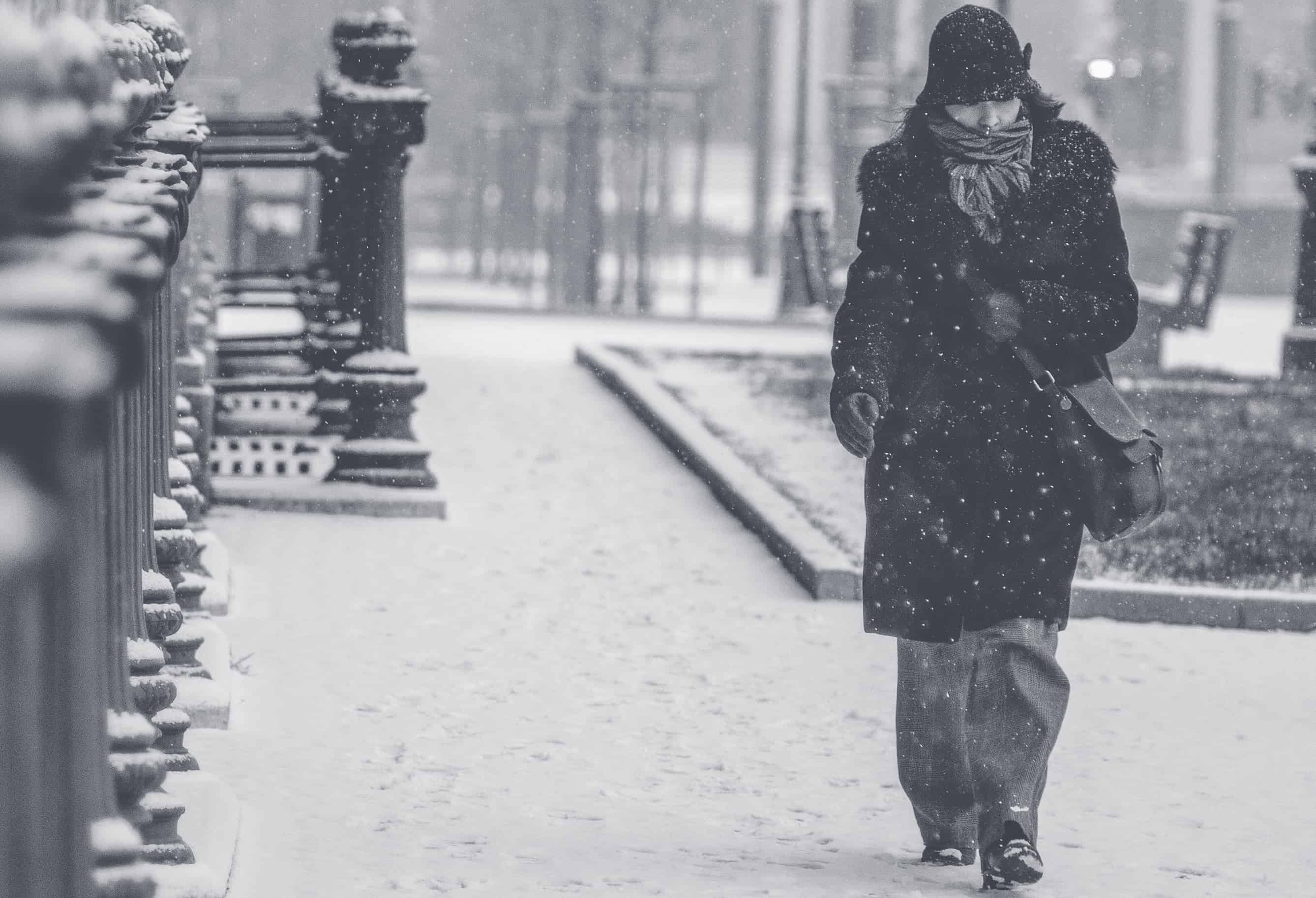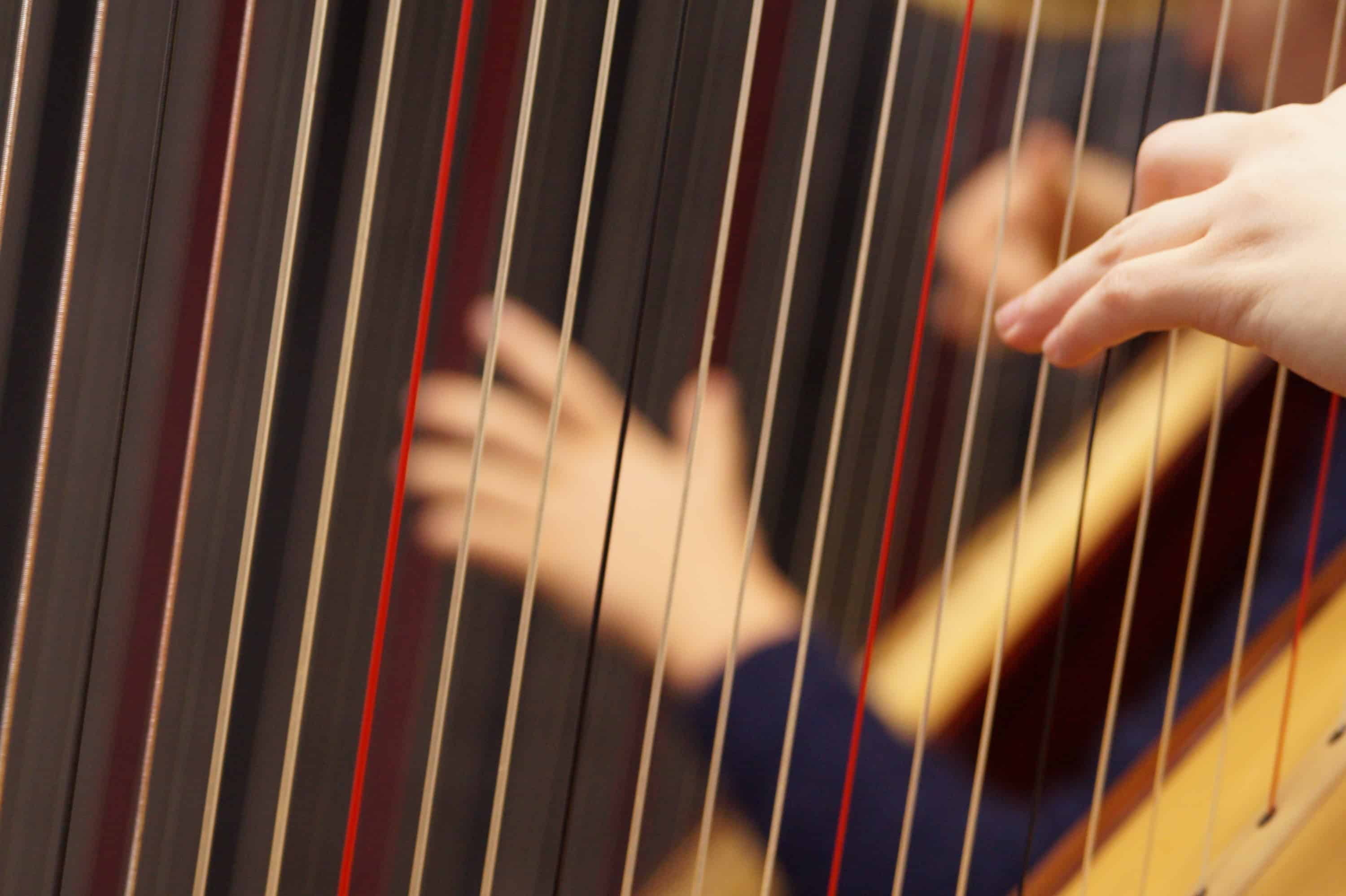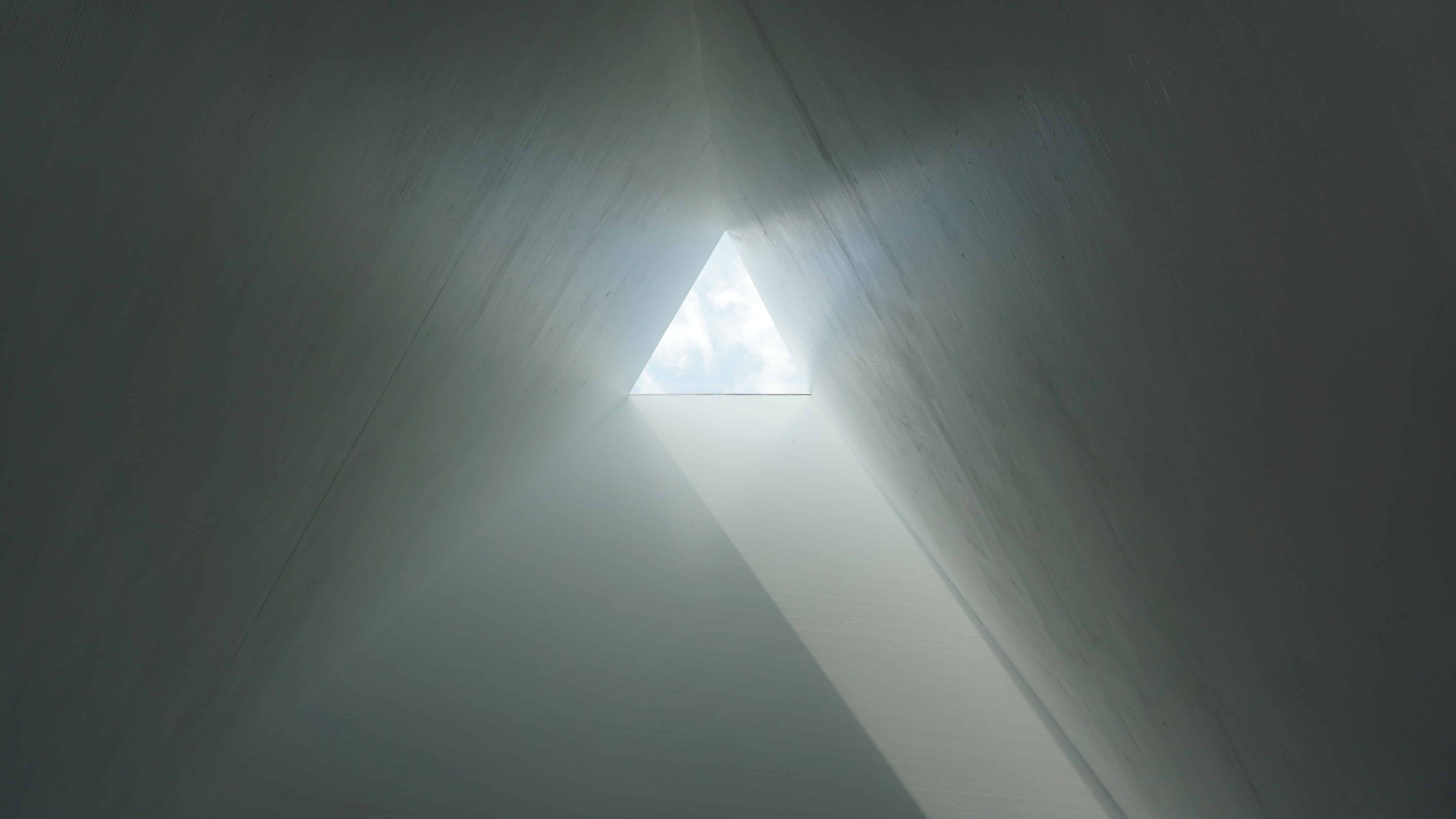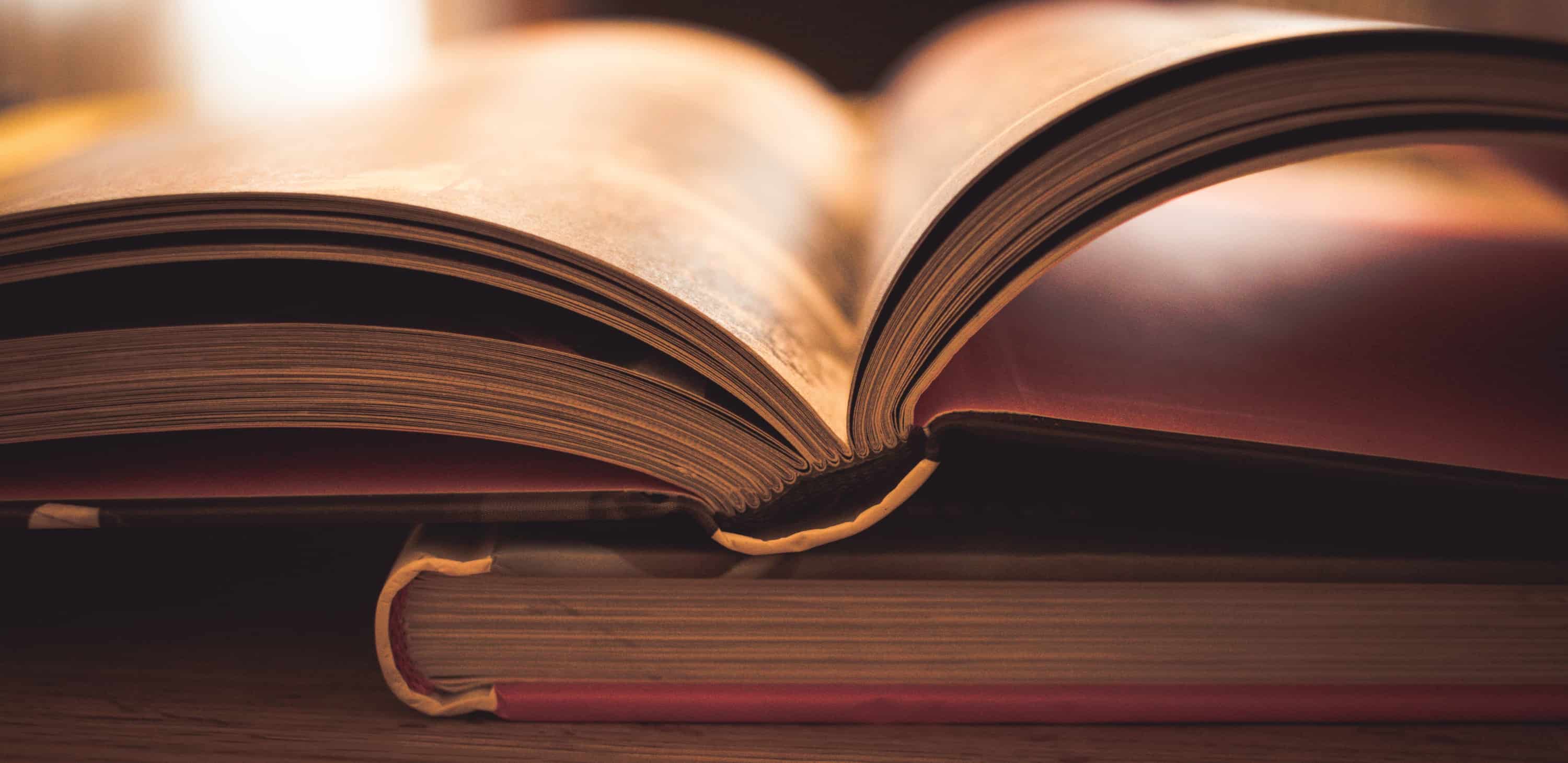Acoustic Composition 25
Musique Grotesque (2022)
. . . and just where do you expect me to put it . . . ?
Musique Grotesque (complete guide recording)
Musique Grotesque is a three-movement work composed for chamber ensemble and two percussionists (thirteen musicians) during the summer and autumn of 2022. The piece was finished (including part-scores and proofreading) by late October. Although most of the work was carried out during 2022, earliest sketches for the primary materials date back to 2006/09. Some preparatory scores were developed in August 2021.
The original sketches for all three movements were remnants from previously completed pieces. They contained material that was suitable for further development, but not within their intended works. Probabilities (which is the subtitle for Part One) was the original title (and genesis) for a multiple-movement composition. This research started as a protospectralist study, but became further occupied by the use of the Fibonacci Sequence to establish pitch-relationships, form, and proportions.
Natural Causality (2006/09) and An Instant Conception (2009), which were originally sketched as movements within Probabilities, went on to become completed multiple-movement works in their own name, but the skeletal material for these three movements remained incomplete.
Part One:
Probabilities (2006/2022)
Part One: Probabilities
The material for Part One: Probabilities was composed around the harmonic series of Bb1 (middle C = C4). The Bb1 fundamental is played by the bass clarinet throughout (my favourite note on my favourite orchestral instrument) occasionally joined by the contrabass in double stops and overlapping unisons. The piano strikes the only playable acoustic undertone of the series: Bb0, and reiterates this pedal tone many times. The contrabass often plays F1, which is not in the natural series for Bb1. It is used as a sympathetic bass harmony tone.
Harmonic Series of Bb1 :

Click/Tap to Zoom
The harmonic series is mapped on two planes: Ascending (starts in bar one with partial 1: Bb1) and Descending (starts in bar three with partials 61-64: Bb7). The two lines merge near the middle of the movement (bars 59 - 74), overlap, and, after a couple of anomalies, continue in their ascent/descent.
Although the dynamics, instrumentation and pacing of the passing notes were decided through ear and instinct (not preconceived method), the original form and proportion of the movement was determined through the time it took to work through the first 64 partials. The middle section was extended during 2022 to allow space for composed anomalies within the structure. This avoided the form being just a simple byproduct of the linearly unfolding series.
Repeating unit: Middle Ground
There is a repeating ‘unit’ that never repeats exactly, but uses the same group of mid-range partials for overlapping vertical harmony (mostly partials 3-10: Bb - C - D - F - Ab). At every appearance it is underpinned by the bass clarinet playing the Bb1 fundamental. This dynamically pulsing unit appears multiple times in multiple textures, but due to its overlapping character and varying timbres, remains largely subliminal to the listener. This group of notes supports (and often stabilises) the vertical harmonic motion outlined by the mapping of the series, its stabilising influence can be felt (and heard) more in the latter half of the movement. The unit often uses the notes Eb4 and Eb5, which do not appear in the harmonic series of Bb1, and occasionally substitutes the notes C and/or D with Db. These notes are used for their relation in harmony to the fundamental tone (along with the contrabass F1).
Bb - C - (Db) - D - Eb - F - Ab
Foreground: 12-tone matrix
For the linear foreground materials: theme, melody, phrase and motif, a 12-tone row was conceived from the order of appearance for each pitch in the series and plotted into a pitch-matrix.
Bb - F - D - Ab - C - E - Gb - A - B - Db - Eb - G

Click/Tap to Zoom
The opening phrases by vibraphone and marimba (bars 3-5) use the five-flat scale. This is a Bb minor scale with an obvious relationship to the Bb1 fundamental, but the specific notes can also be found in P8/R8 of the matrix as an unordered pitch-class cell (heptachord 7-35). The three short motives (or broken phrase) played by the flute in bars 10-11 and the violin phrase in bars 14-15 use the five-sharp scale. This is a B major scale, but it is also a modally sympathetic Bb Locrian. These notes can be found in P6/R6 of the matrix. The flute plays a complete twelve-tone row in bars 19-21.
This horizontal unfolding of the ‘twelve-tone series’ served as a palette from which to choose melodic and thematic material, groups of unordered pitch-class cells, or strict step-motion through pitch pathways in any and all directions around the matrix. The chromaticism (or lack of) in the linear units was consistently influenced by the harmony around them and what partials of the series were heard in that localised passage. The relationship of any given note to the fundamental was a constant consideration and, at times, sympathetic modality (within the confines of the matrix) was favoured over complex chromaticism
In conclusion, Part One: Probabilities is a protospectralist composition, but not microtonal. Apart from the string glissandi, which pass through the microtonal spaces between semi-tones and tones in the upper partials, most notes were rounded up (or down) to their nearest concert pitch.
The textural architecture of the movement is set into three layers:
Part Two:
Musique Grotesque (2009/2022)
(Rearranged January 2023)
Part Two: Musique Grotesque
Whilst working with the harmonic series, one noticed that the partials double for every octave: Bb1 is partial 1, Bb2 is partial 2, Bb3 is partial 4, Bb4 is partial 8, Bb5 is partial 16, Bb6 is partial 32, and Bb7 is partial 64. However, the initial relationship of the partials between the octaves is not as systematic. There are no partials between the first octave, only one passing partial in the second octave (F3), three partials in the third octave (D4 - F4 - Ab4), and seven passing partials in the fourth octave (C5 - D5 - E5 - F5 - G5 - Ab5 - A5). From then on the amount of partials double: fourteen in the fifth octave, and 28 passing partials in the sixth octave. However, it was the uneven relationship within the first four octaves that was most intriguing, up until then my pre-compositional planning had been looking for balance in equidistant symmetry, but trying to understand this uneven distribution led me to concepts of proportional symmetries such as the fibonacci sequence and the golden ratio. Proportional relationships within equidistant symmetries would become a primary consideration in my pre-compositional planning from that point on..
Detailed documentation of how one originally adopted the fibonacci sequence can be found in the score preface for Natural Causality (2006/09) and An Instant Conception (2009), but the following Causality Method Table shows how the sequence was translated into musical components. It is labelled by factors because this is a measurement used within the study of probabilities.

Click/Tap to Zoom
The initial material for Part Two: Musique Grotesque was sketched (in 2009) as a transitional passage from factor 5 (perfect-fourth) to factor 8 (augmented-fifth/minor-sixth) of the Causality Method. The original score contained more percussion parts and a brass section, which were re-orchestrated during 2010, and the completed movement was rearranged during January 2023 after the first attempt to write this preface informed the composer of improvements within the formal architecture.
The intricate textures of the music combine in energetic multiple timbre meta-instruments and dovetailing heterophony to create a complex tapestry of motivic mosaics. The interlocking gestures merge into overlapping block harmonies as the form settles into a cycle near the middle of the movement shaped by a recurring piano bass motif (first heard at Fig. JJ). The piano motif is often accompanied by strings and/or wind playing in harmonised syncopations and delayed canons. Further motives and phrases were borrowed to and from the outer movements.
In opposition to its first intention, which was to introduce factor 8 material and transition away from factor 5 material, this movement begins within the more dissonant flavouring of the augmented-fifth and shades into a predominate texture of vertical fourths and tones in the latter half (two fourths equal a minor seventh, which inverts to a whole-tone): Ab - Bb - Eb - F and Ab - Db - Gb - Ab etc.
If we ignore the introduction for a moment, then the opening motif on the flute at figure BB spans a minor-sixth interval (A - F). There are two versions of the interval at figure CC (C# - A) and the span appears again in bars 161 (F# - D) and 163 (F - Db). In fact they are splattered all over the first few pages of the score. The first violin part can also be analysed in a similar way: E - C, G# - E, G - Eb etc.
Viewed in retrospect, one can see how the original sketches developed: A framework of augmented-fifths were placed as ‘target-points’ in a skeletal form, but most of the interval-spans were almost immediately dissected into smaller steps of fourths and minor-thirds, minor-thirds then broken to tones and semi-tones (in reference to factors 5, 3, 2 and 1), and the ‘intended’ transitional passage morphed into a development section. Adding further complexity to the mosaic tapestry (to be spotted by a keen eye and ear) are some deliberately placed major-third intervals spread across the ensemble (which is both the inversion and the equidistant division of the augmented-fifth). It is fair to say that the music (even in its skeletal form) had grown complex, far beyond its intended function. Fourteen years later, however, it is satisfying to see this material become a movement (and a piece) in its own name. It truly is a Musique Grotesque.
Causal Ripple: Intervallic Ostinato
The intervallic ostinato that starts and ends the movement is a theoretical causality. One could say it is a fibonacci ripple. It realises the theory of the Causality Method factors 1, 2, 3, 5, 8 and 13.
The flute and second violin play a minor-sixth interval (C# - A). The tenor saxophone plays the F an augmented fifth below. The clarinet and cello play in fourths, and the bass clarinet and marimba utilise semi-tones, minor- thirds and perfect fourths, but the lowest note (A) is a minor-sixth below the tenor saxophone. The final motif on the bass clarinet resolves up to the F a minor-sixth above.
The trombone plays middle C a minor-ninth below the flute and the motif spans a minor-ninth. Middle C is also the ‘pivot note’ around which the method derives its mirror-inversions. The cello is a minor-ninth below the tenor saxophone, and the contrabass is a minor-ninth below the cello. The contrabass also plays a minor-sixth interval from B down to D#. The piano and vibraphone mostly play in tones, with the piano opening and closing the phrase in minor-ninths. The primary pulse of the event is spaced in minims around the minor-sixth interval (factor 8). The other syncopations were ‘composed’ around it.
This material appears for a third time at the end of the piece.
Part Three: Musique Carousel - A Minuet and Trio for the C21st (2009/2022)
Part Three: Musique Carousel
Most of the material for Part Three: Musique Carousel was composed from factor 13 of the Causality Method (minor-ninth/semi-tone). The skeletal form of the music was left incomplete from the original Probabilities. The score was reduced in instrumentation and slightly revised in June 2010, where it laid dormant until the summer of 2022.
The movement begins with another form of intervallic ostinato, this time it is an aggressive ‘semi-tonal ripple’ that spreads out across the ensemble (and back again) pivoting around the middle C played by piano in bars 231 and 239. The piano middle C also sits in the centre of another ‘fibonacci ripple’ realising the theory of the Causality Method, this time in pitch, interval AND duration. This event (and its crescendi repetitions) serves as a Minuet to bookend the virtuosic Trio played by piano, bass clarinet and percussion (Fig. VV).
The Trio revolves around the piano playing varied repetition of bass material in what can only be described as a contemporary groove rhythm. The right-hand in bar 249 plays a strict canon of the left-hand from bar 247 (displaced by five octaves and two bars). The canon is absolute, and in strict repetition. It was a wonderful surprise to hear how well the two lines complimented each other without any alterations to the upper part or compromises with the rhythms. This material evolved out of the second half of the piano phrase in Fig. UU.
The Trio was added during 2022 (along with the majority of the ensemble textures). The idea for this came after reading an essay on Beethoven’s First Symphony by good friend and fellow composer Robin Hartwell. Thanks Robin!
The additional Coda references the first movement in the final phrase on the violoncello. The repetition of this material (for the third time) helps to connect the form of the three parts to this piece. This music was originally conceived as the definitive start of a new section, so it is interesting to note that it is now the ending. It seems that once again, ends have become beginnings.
Perhaps this intervallic ostinato will reappear at the start of a new piece, should one ever decide to compose factors 21 and 34?
For Mark
(October 2022)
“Once you are no longer the hero of all your own memories, you are truly on the path to enlightenment.”


